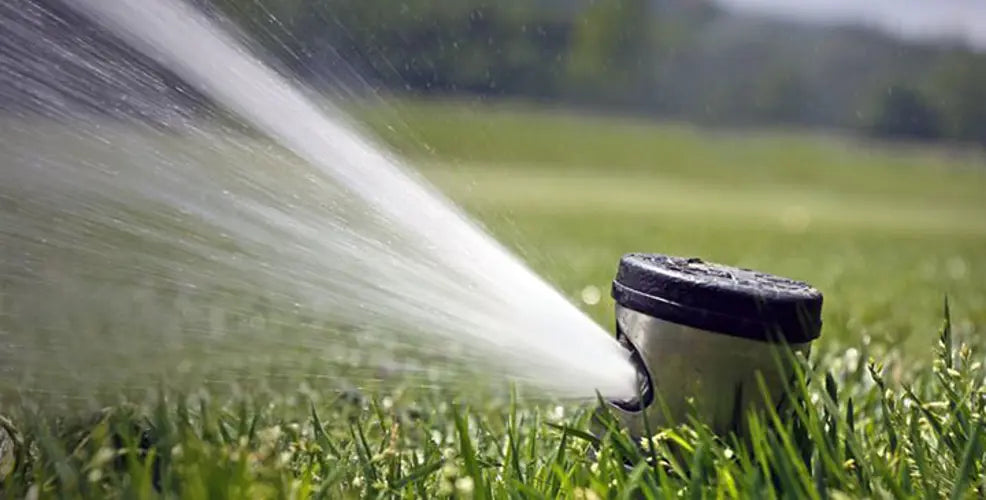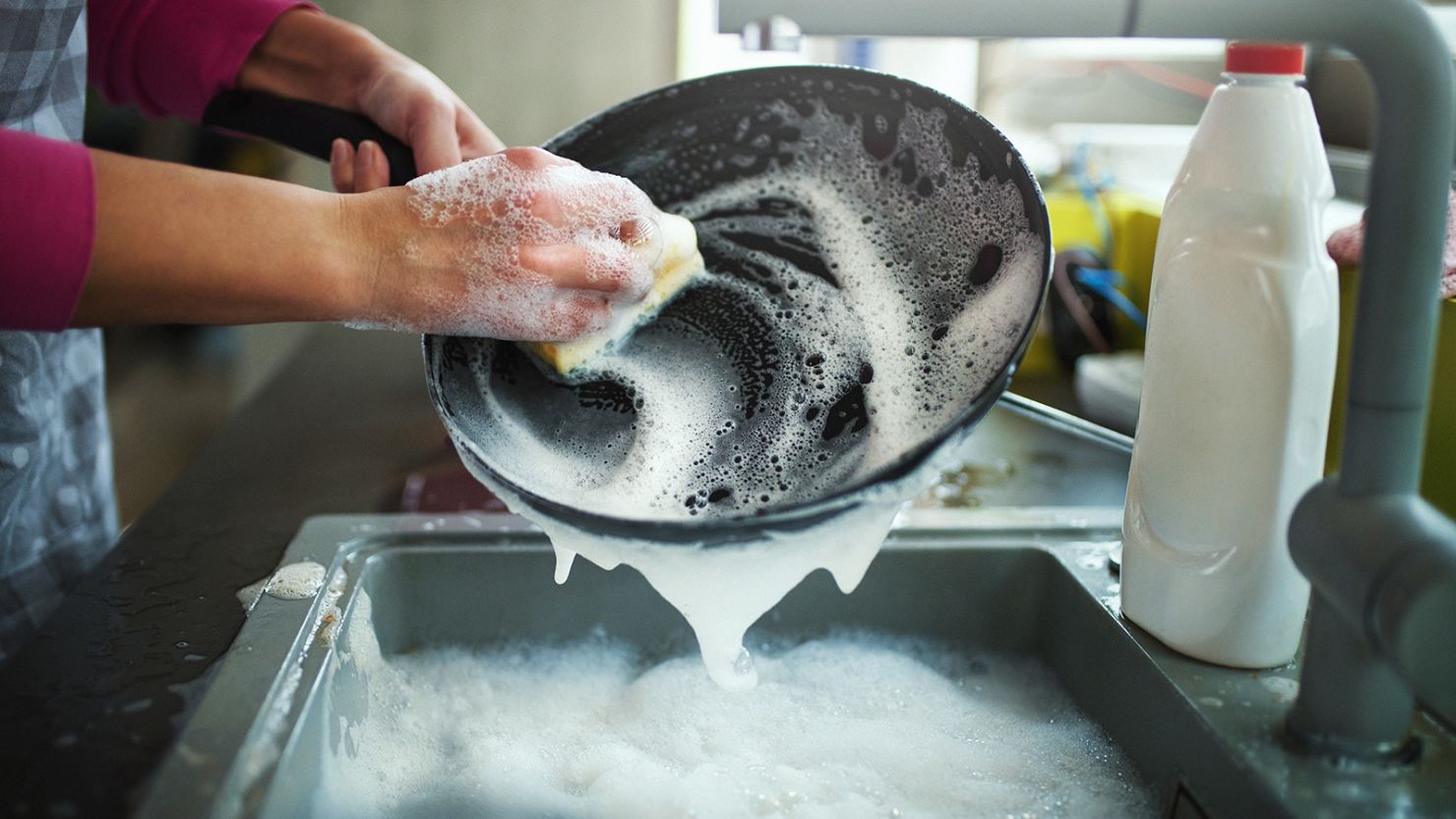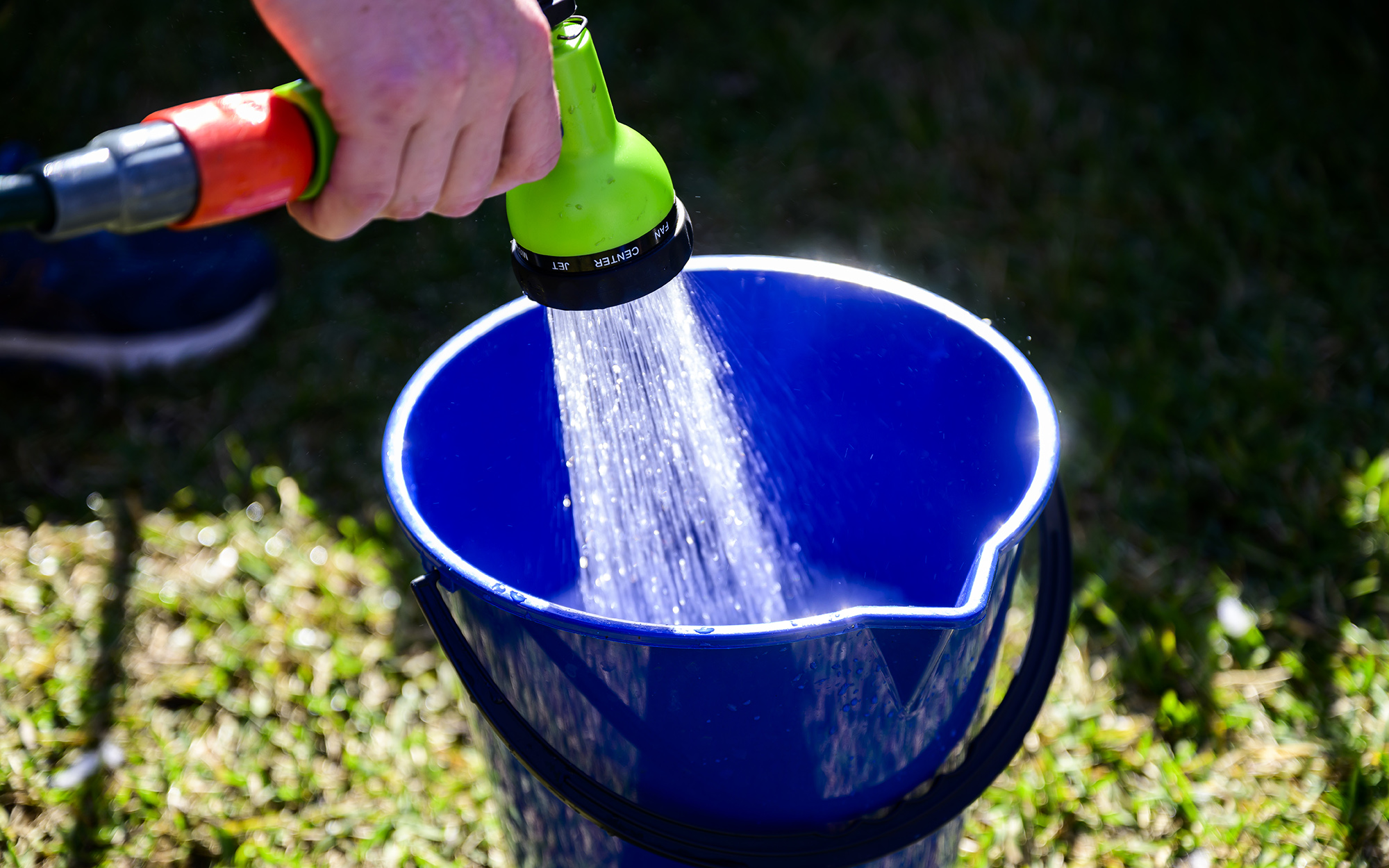
How to Conserve Water in Schools and Colleges Efficiently
Share
In today's rapidly evolving technological world, conserving resources has become more crucial than ever. For tech professionals and enthusiasts, understanding how to conserve water in schools and colleges is not only about sustainability but also about implementing innovative solutions. This article aims to delve into effective strategies and technologies that can lead to substantial water savings in educational institutions.
Water conservation is a pressing issue, and schools and colleges are in a unique position to lead by example. By educating students on the importance of saving water and employing advanced tech solutions, these institutions can significantly reduce their water usage.

Implementing Smart Water Management Systems
One of the most effective ways to conserve water in educational institutions is by implementing smart water management systems. These systems utilize sensors and real-time data analytics to monitor water usage and identify potential leaks or excessive consumption. By using IoT (Internet of Things) technology, schools can not only conserve water but also reduce their operational costs.
For instance, installing smart meters can provide detailed insights into water usage patterns, allowing institutions to identify areas where water is being wasted. Additionally, integrating these systems with existing campus management software can streamline the entire process of water conservation.
Adopting Low-Flow Fixtures and Appliances
Another effective strategy is the adoption of low-flow fixtures and appliances. These devices are designed to minimize water usage without compromising performance. Schools and colleges can replace traditional fixtures with low-flow alternatives, such as faucets, showerheads, and toilets, to achieve significant water savings.
To learn more about the benefits and potential issues associated with low-flow toilets, check out this insightful article on low-flow toilets.
Implementing Rainwater Harvesting Systems
Rainwater harvesting is an ancient practice that has been modernized with the help of technology. Schools and colleges can install rainwater harvesting systems to collect and store rainwater for non-potable uses, such as irrigation and landscaping. This not only reduces the demand for municipal water supply but also teaches students the value of utilizing natural resources.
Moreover, integrating these systems with smart irrigation technologies can optimize water usage for campus landscapes. By using soil moisture sensors and weather data, these systems ensure that plants receive the right amount of water, reducing wastage.

Promoting Water Conservation Awareness
Education is key to any conservation effort. Schools and colleges can play a pivotal role in promoting water conservation awareness among students and staff. By organizing workshops, seminars, and campaigns, institutions can foster a culture of sustainability on campus.
For more insights into creating effective awareness campaigns, read this article on water conservation campaigns.
Furthermore, incorporating water conservation topics into the curriculum can provide students with a deeper understanding of the importance of saving water and the role they can play in ensuring a sustainable future.
The Role of Technology in Water Conservation
The technological advancements in water conservation are endless. From AI-driven water management systems to blockchain-based water quality monitoring, technology offers numerous solutions to reduce water wastage in schools and colleges.
For tech enthusiasts, exploring these advancements can be both exciting and rewarding. By staying informed about the latest developments, they can contribute to the implementation of cutting-edge solutions in their institutions.
To explore some of the top water conservation technologies, visit this article on water conservation technologies.
Conclusion
Conserving water in schools and colleges is not just about saving a precious resource; it's about setting an example for future generations. By integrating technology and education, these institutions can lead the way in sustainable practices. From smart water management systems to comprehensive awareness programs, the opportunities for water conservation are vast and varied.
For tips on conserving water at home, you can check out the eight ways to conserve water at home.
FAQs
Q1: What are the main benefits of water conservation in schools?
A: Water conservation in schools leads to reduced utility costs, environmental preservation, and serves as an educational tool for students.
Q2: How can technology aid in water conservation?
A: Technology provides tools like smart meters, sensors, and data analytics to monitor and reduce water usage effectively.
Q3: Are there any challenges in implementing water conservation measures?
A: Challenges include initial costs, maintenance of new technologies, and ensuring stakeholder buy-in for long-term success.
